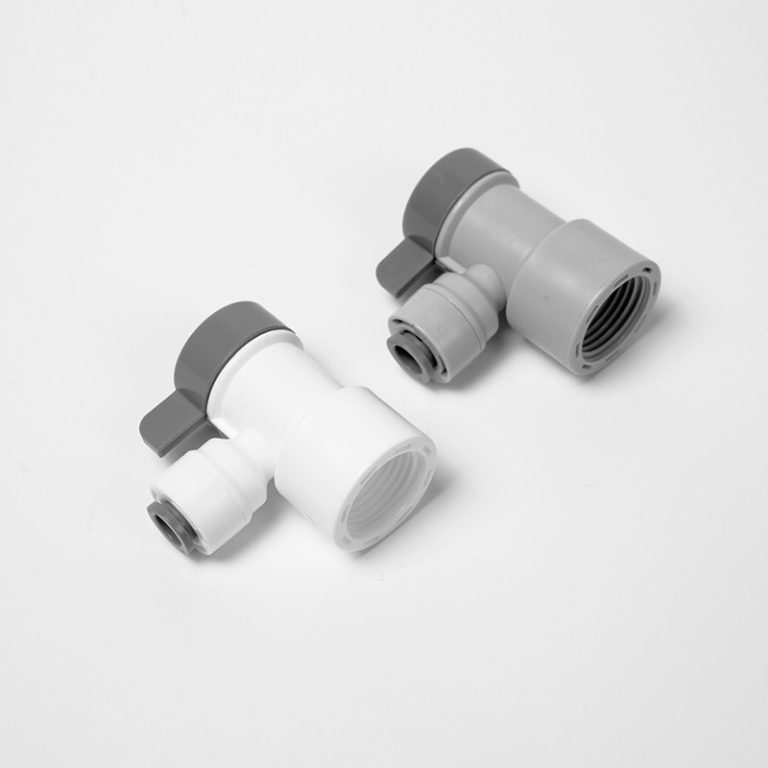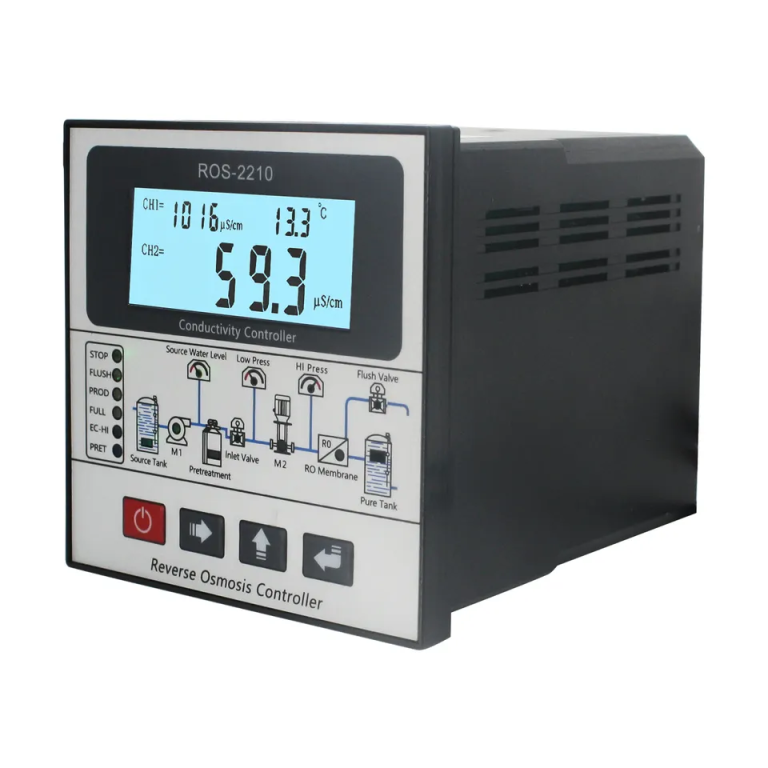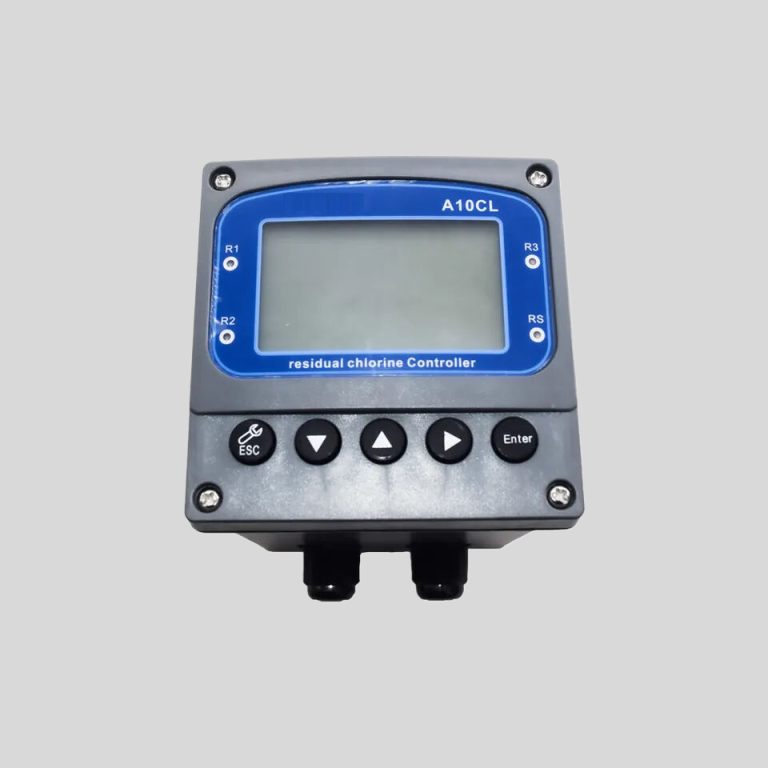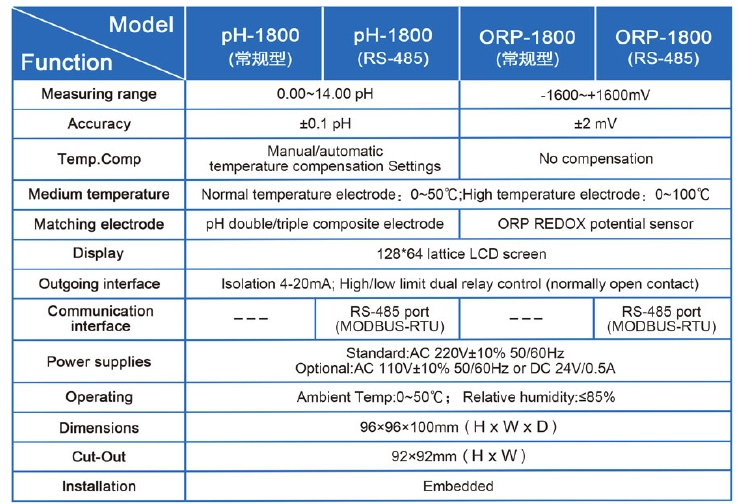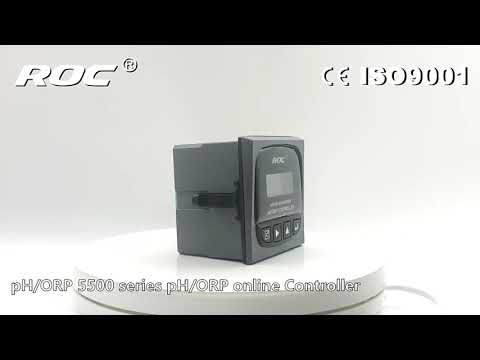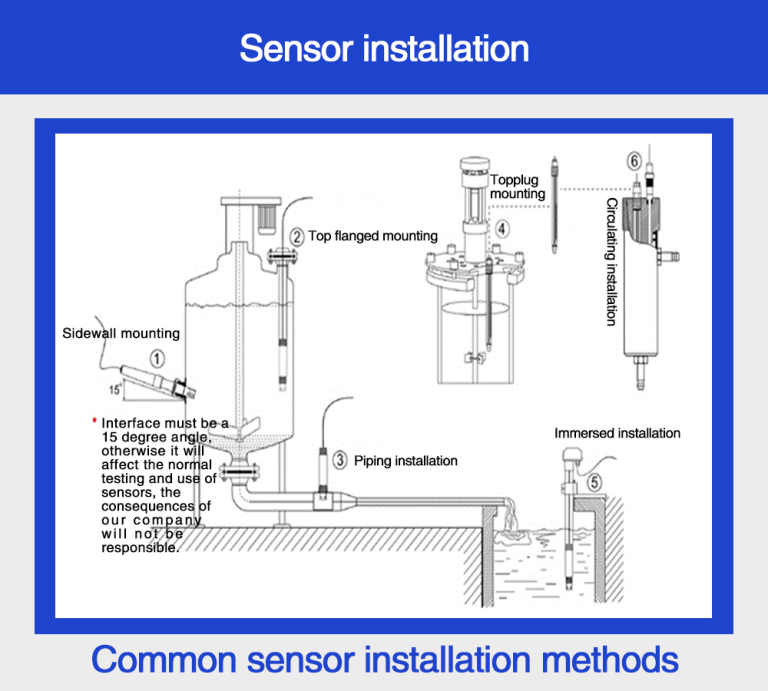How to Calibrate the Hach SC200 conductivity meter
Calibrating a conductivity meter is an essential step in ensuring accurate measurements of water quality. The Hach SC200 conductivity meter is a popular choice among professionals in various industries, including environmental monitoring, wastewater treatment, and research. Proper calibration of the SC200 is crucial to obtaining reliable and precise readings.

To calibrate the Hach SC200 conductivity meter, you will need a few key items: a calibration standard solution, a clean beaker or container, and the SC200 meter itself. The calibration standard solution should have a known conductivity value that is close to the expected conductivity range of the samples you will be measuring. It is important to use a fresh calibration standard solution each time you calibrate the meter to ensure accuracy.
Begin by turning on the SC200 meter and allowing it to warm up for a few minutes. Once the meter is ready, pour a small amount of the calibration standard solution into a clean beaker. Make sure the solution covers the electrodes of the meter. Insert the electrodes into the solution and wait for the reading to stabilize. The meter should display the conductivity value of the calibration standard solution.
Compare the displayed value to the known conductivity value of the calibration standard solution. If there is a significant difference between the two values, you will need to adjust the calibration of the meter. Most conductivity meters, including the Hach SC200, have a calibration feature that allows you to adjust the readings to match the known values of the calibration standard solution.
To adjust the calibration of the SC200 meter, follow the instructions provided in the user manual. Typically, this involves entering a calibration mode on the meter and using the buttons or dials to adjust the readings to match the known conductivity value of the calibration standard solution. Once the calibration is complete, rinse the electrodes with clean water and dry them with a soft cloth.
It is recommended to perform a two-point calibration of the Hach SC200 conductivity meter to ensure accuracy across a wider range of conductivity values. To do this, repeat the calibration process using a second calibration standard solution with a different conductivity value. Make sure to rinse the electrodes thoroughly between calibrations to avoid contamination.
| Model | CL-810/9500 Residual Chlorine Controller |
| Range | FAC/HOCL:0-10 mg/L, ATC TEMP:0-50\\u2103 |
| Accuracy | FAC/HOCL:0.1 mg/L, ATC TEMP:0.1\\u2103 |
| Oper. Temp. | 0\\uff5e50\\u2103 |
| Sensor | Constant Pressure Residual Chlorine Sensor |
| Waterproof Rate | IP65 |
| Communication | Optional RS485 |
| Output | 4-20mA output; High/Low limit double relay control |
| Power | CL-810:AC 220V\\u00b110% 50/60Hz or AC 110V\\u00b110% 50/60Hz or DC24V/0.5A |
| CL-9500:AC 85V-265V\\u00b110% 50/60Hz | |
| Working Environment | Ambient temperature:0\\uff5e50\\u2103; |
| Relative humidity\\u226485% | |
| Dimensions | CL-810:96\\u00d796\\u00d7100mm(H\\u00d7W\\u00d7L) |
| CL-9500:96\\u00d796\\u00d7132mm(H\\u00d7W\\u00d7L) | |
| Hole Size | 92\\u00d792mm(H\\u00d7W) |
| Installation Mode | Embedded |
After calibrating the SC200 meter, it is important to store it properly to maintain its accuracy. Store the meter in a clean, dry place away from direct sunlight and extreme temperatures. Regularly check the electrodes for any signs of damage or wear and replace them as needed.
In conclusion, calibrating the Hjson SC200 conductivity meter is a straightforward process that is essential for obtaining accurate and reliable measurements of water quality. By following the steps outlined above and performing regular calibrations, you can ensure that your SC200 meter provides precise readings for your specific application. Remember to always use fresh calibration standard solutions and follow the manufacturer’s instructions for calibration and maintenance.

